Table of Contents
Aleppo Pepper Scoville Scale Range
Aleppo pepper typically ranges from 30,000 to 50,000 Scoville Heat Units (SHU), placing it in the moderate heat category. This makes it significantly hotter than jalapeños (2,500-8,000 SHU) and serranos (10,000-25,000 SHU), but milder than habaneros (100,000-350,000 SHU).

Comparison with Other Peppers
| Pepper | Scoville Range |
|---|---|
| Jalapeño | 2,500 - 8,000 SHU |
| Serrano | 10,000 - 25,000 SHU |
| Aleppo | 30,000 - 50,000 SHU |
| Cayenne | 30,000 - 50,000 SHU |
| Habanero | 100,000 - 350,000 SHU |
This table shows that Aleppo pepper is significantly hotter than jalapeños and serranos but not as intense as cayenne or habanero. So if you're looking for a little kick without the overwhelming heat, Aleppo could be your new favorite.
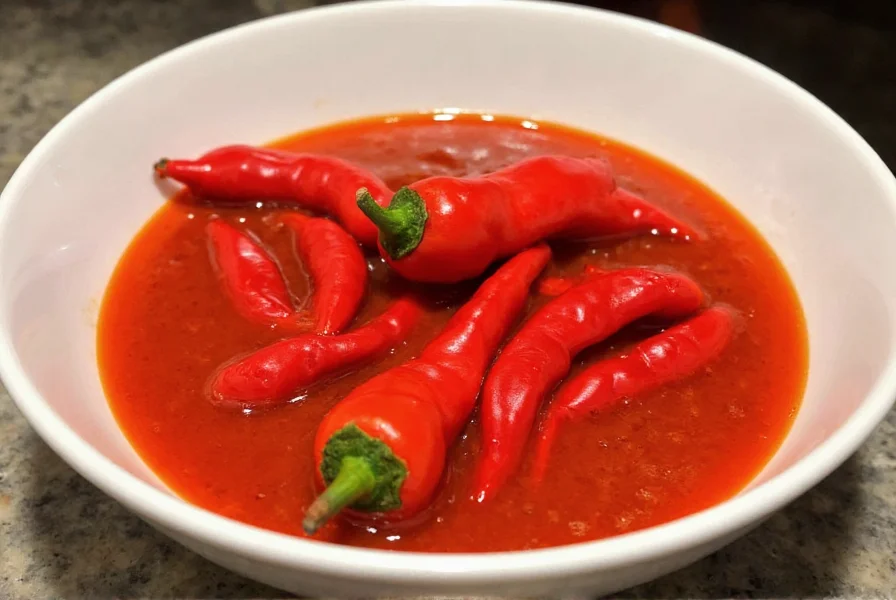
Flavor Profile of Aleppo Pepper
While known for its moderate heat, Aleppo pepper has a distinctive flavor profile that includes subtle fruitiness, a slight tanginess, and mild smokiness. It also has a hint of saltiness (as it's often cured with salt during processing) and a gentle earthiness that makes it more complex than many other chili peppers.
Practical Tips for Using Aleppo Pepper
Now that you know how hot Aleppo pepper is and what it tastes like, here are some practical tips to help you make the most of it in your kitchen:
- Start Small: If you're new to Aleppo pepper, start with a small amount and gradually increase based on your tolerance.
- Use It in Rubs and Marinades: Its smoky and slightly sweet flavor pairs well with meats, especially chicken and lamb. Try mixing it with olive oil, garlic, and lemon juice for a flavorful rub.
- Add It to Salads and Dips: Crushed Aleppo pepper adds a nice depth of flavor to salads, hummus, and tzatziki. Just a pinch can elevate the dish.
- Pair It With Citrus: The citrusy notes in lemons, limes, and oranges complement the heat of Aleppo pepper, making it a great addition to seafood dishes.
- Store It Properly: Keep Aleppo pepper in an airtight container away from light and moisture to preserve its flavor and potency.
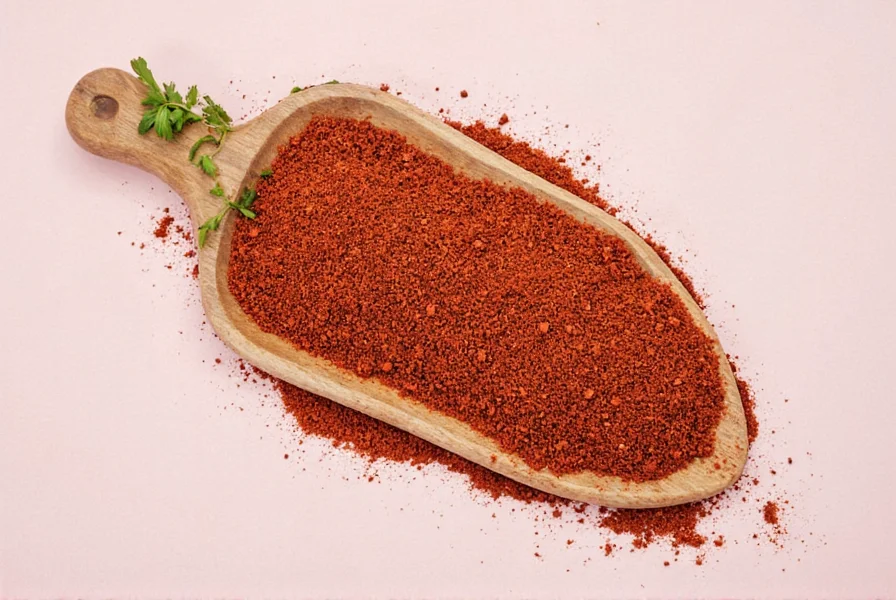
Buying Guide for Aleppo Pepper
If you're ready to bring the heat into your kitchen, here's a detailed buying guide to help you choose the best Aleppo pepper for your needs:
Top Products to Consider
- Whole Aleppo Peppers
- Features: These are the dried, whole peppers, often used for grinding at home.
- Advantages: They retain more flavor and aroma compared to pre-ground versions.
- Use Cases: Ideal for those who want to grind their own spice or use it in traditional Middle Eastern recipes.
- Target Audience: Home cooks and spice enthusiasts who enjoy the process of preparing their own seasonings.
- Suitable Occasions: Special occasions, holiday meals, or whenever you want to add a homemade touch to your dishes.
- Ground Aleppo Pepper
- Features: Pre-ground version, ready to use in recipes.
- Advantages: Convenient and time-saving, perfect for quick cooking.
- Use Cases: Great for seasoning soups, stews, and sauces.
- Target Audience: Busy professionals or those who prefer convenience without sacrificing flavor.
- Suitable Occasions: Everyday cooking, weeknight dinners, or when you need a quick spice fix.
- Organic Aleppo Pepper
- Features: Sourced from organic farms, free from synthetic pesticides.
- Advantages: Healthier option for those concerned about chemical exposure.
- Use Cases: Suitable for health-conscious individuals or those following organic diets.
- Target Audience: Eco-friendly consumers and families looking for natural ingredients.
- Suitable Occasions: Family meals, special dietary needs, or whenever you want to feel good about what you're eating.
When purchasing Aleppo pepper, always look for high-quality products with a strong aroma and vibrant color. Avoid anything that looks dull or has a musty smell.
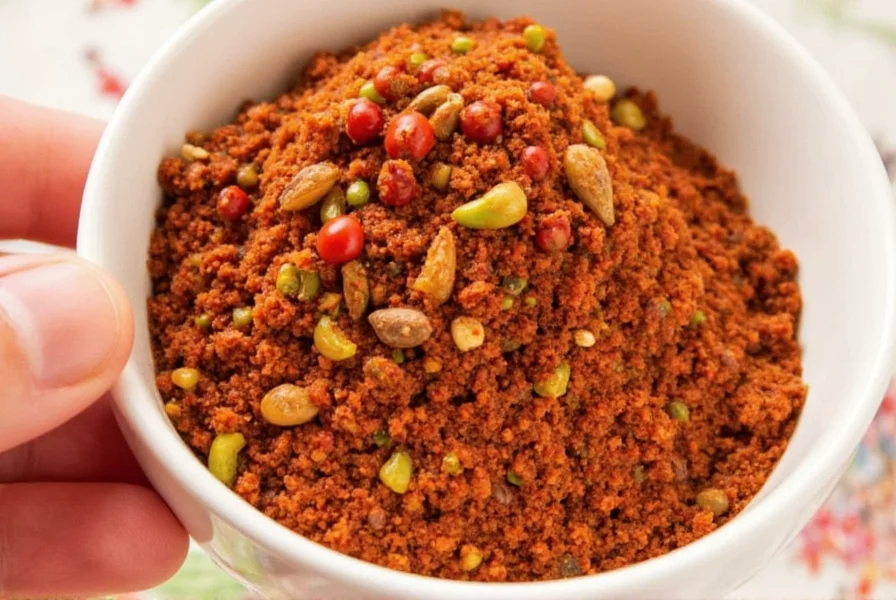
Frequently Asked Questions
How hot is Aleppo pepper on the Scoville scale?
Aleppo pepper typically ranges from 30,000 to 50,000 Scoville Heat Units (SHU), placing it in the moderate heat category. This makes it significantly hotter than jalapeños (2,500-8,000 SHU) and serranos (10,000-25,000 SHU), but milder than habaneros (100,000-350,000 SHU).
What does Aleppo pepper taste like besides being spicy?
Beyond its moderate heat, Aleppo pepper has a distinctive flavor profile that includes subtle fruitiness, a slight tanginess, and mild smokiness. It also has a hint of saltiness (as it's often cured with salt during processing) and a gentle earthiness that makes it more complex than many other chili peppers.
How does Aleppo pepper compare to cayenne pepper?
While both Aleppo and cayenne peppers fall in the same Scoville range (30,000-50,000 SHU), they have very different flavor profiles. Cayenne is sharper, more one-dimensional, and purely hot, while Aleppo offers a more complex flavor with its fruity notes and mild saltiness. Aleppo is generally considered more versatile in cooking due to its nuanced taste.
Can I substitute Aleppo pepper with other spices?
Yes, though finding an exact substitute is challenging due to Aleppo's unique flavor profile. A good alternative is a 1:1 mixture of cayenne pepper and sweet paprika. For closer approximation, try mixing crushed red pepper flakes with a pinch of salt and a touch of sumac for the tangy note. However, keep in mind that these substitutes will lack the distinctive fruitiness of authentic Aleppo pepper.
How long does Aleppo pepper retain its flavor?
When properly stored in an airtight container away from light and moisture, ground Aleppo pepper maintains its optimal flavor for about 6-12 months. Whole Aleppo peppers can retain their quality for up to 2 years. The vibrant red color may fade over time, which is an indicator that the flavor is diminishing. For best results, buy in small quantities and replace regularly.
Is Aleppo pepper the same as Halaby pepper?
Yes, Aleppo pepper is also commonly known as Halaby pepper (or Halabi pepper), named after the Arabic name for Aleppo (Ḩalab). The terms are used interchangeably, though "Halaby" is more common in Middle Eastern markets while "Aleppo" is the preferred term in Western countries.
Conclusion
Aleppo pepper is more than just a spicy ingredient—it's a flavor enhancer with a rich history and a unique taste. Understanding its Scoville rating helps you appreciate how it compares to other peppers and how to use it effectively in your cooking.
Whether you're using it in a simple salad or a complex spice blend, Aleppo pepper adds depth and character. By following these tips and choosing the right product, you can enjoy all the benefits this remarkable spice has to offer.
So, the next time you reach for a spice, consider giving Aleppo pepper a try. You might just discover a new favorite.

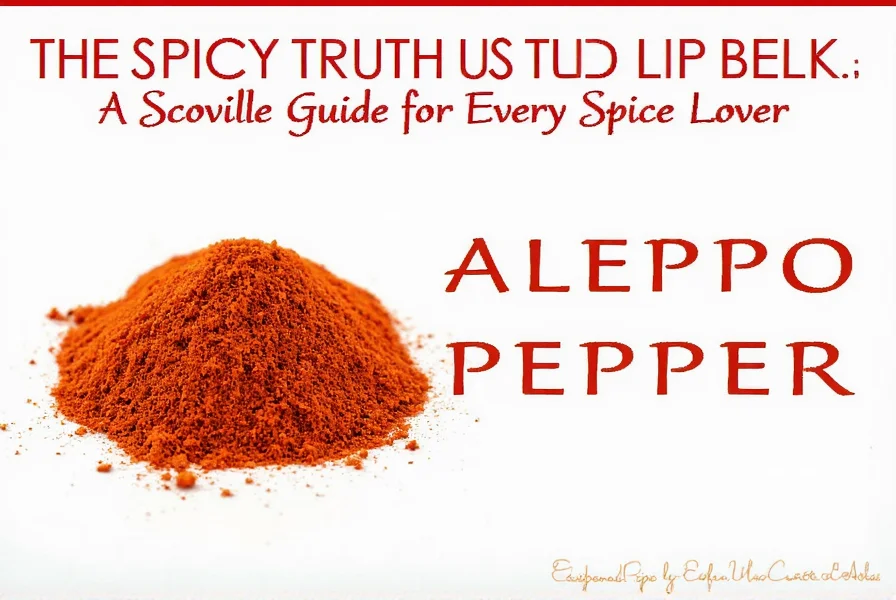
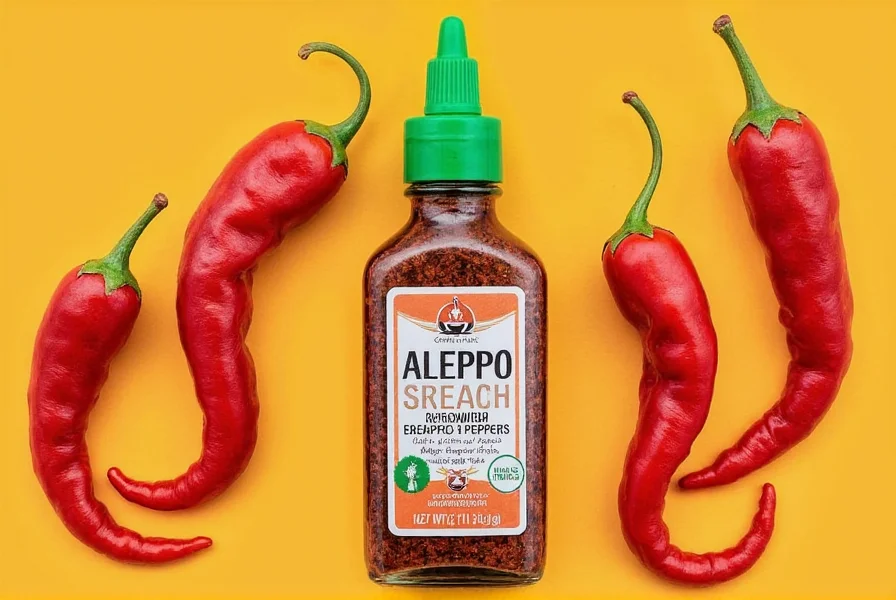

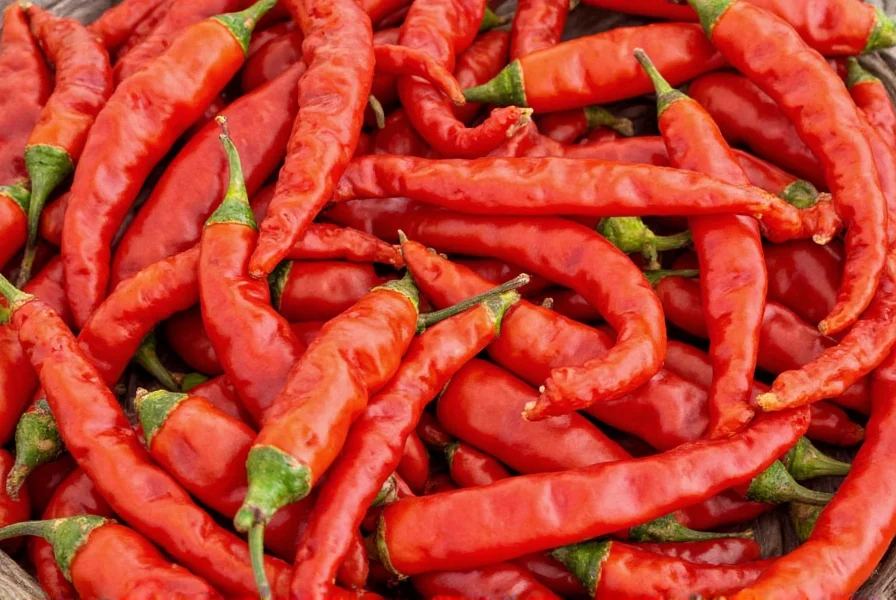









 浙公网安备
33010002000092号
浙公网安备
33010002000092号 浙B2-20120091-4
浙B2-20120091-4